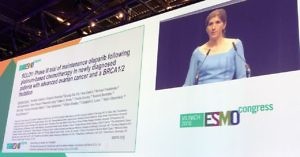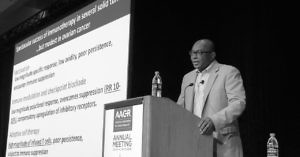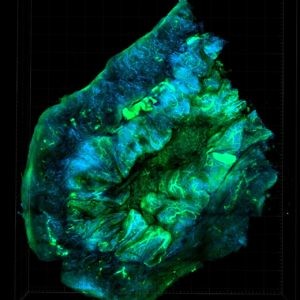Ever decreasing circles in oncology R&D
File under: intriguing binary events coming up of interest this quarter…

Source: BBC
There are a couple of phase 3 readouts likely due soon on two quite different oncology drugs in late stage development, namely Mirv and Marge, (aka mirvetuximab soravtansine and margetuximab).
For British readers, they remind me of Howard and Hilda Hughes (right) in the highly popular 1980’s comedy sitcom, lead by Richard Briers, Ever Decreasing Circles.
Aside from the fact that it’s an amusing historical analogy with more than a bit of whimsy, there are some strange parallels and hidden messages to be found here. For the record, the two characters had a penchance for wearing matching yet rather garish and ghastly jumpers.
You could either make a similar negative case for the rush from limited phase 2 data to pivotal registration study as for terribly ugly sweaters, with the reduced return on efficacy being alluded to from the show’s title.

The ripple effect – which way will it go?
Or on the other hand… the matchy matchy look could also play out the other way, in terms of positive forthcoming readouts validating phase 2 findings, so which case looks stronger overall for each agent?
To find out, we take a look at the history, what we know, and share our thoughts on how things might pan out – either way, major positive or negative outcomes can have a major ripple effect.
To learn more from our latest biotech and oncology insights, subscribers can log-in or you can click to gain access to BSB Premium Content.
This content is restricted to subscribers







